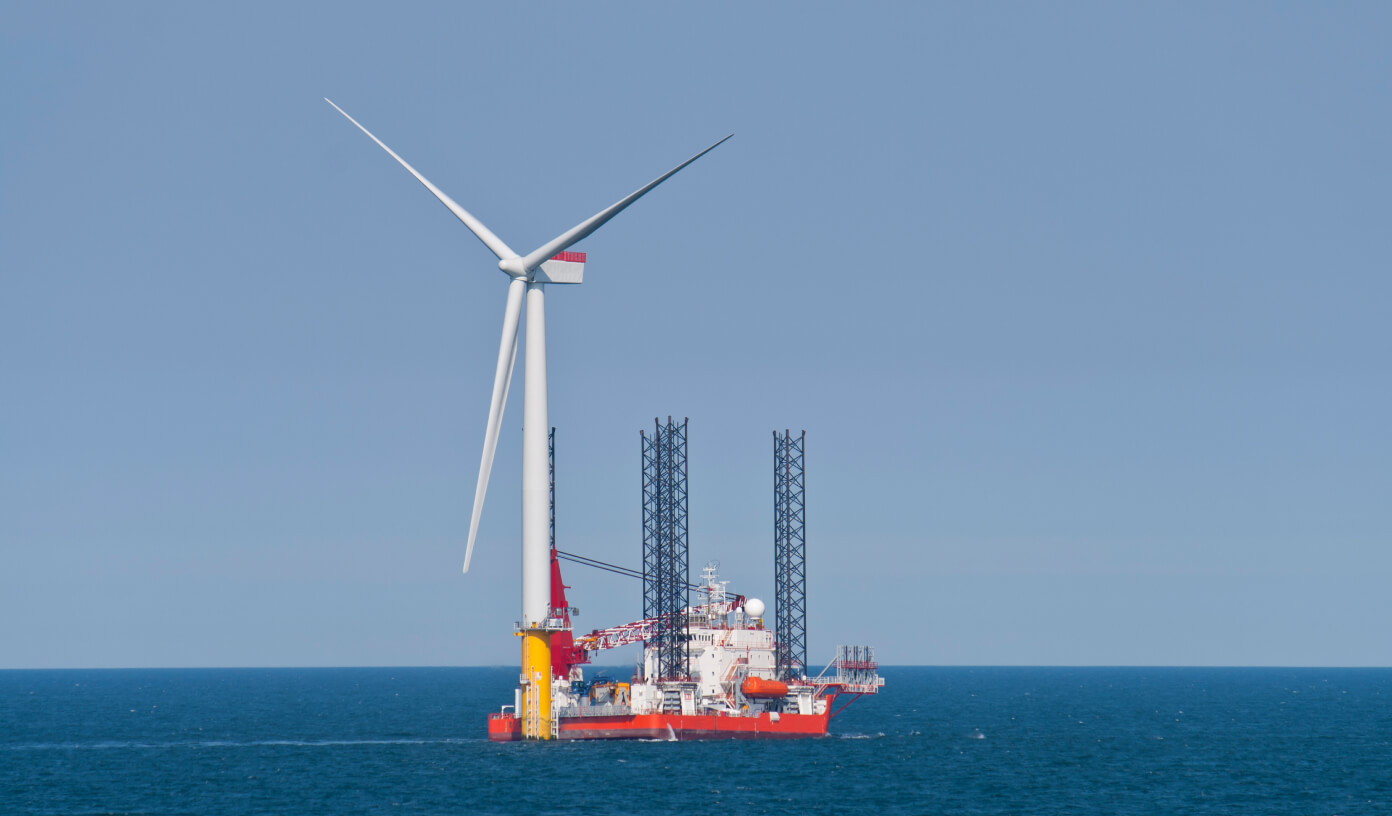09.09.2022
Europe launches major offshore wind power projects to reduce emissions
Despite the apparent benefits, European projects may have hidden forms of negative climate impact, experts say.
 Photo by: DJMattaar / iStock
Photo by: DJMattaar / iStock
The world’s largest offshore wind farm (OWF), Hornsea 2, with a capacity of 1.3 gigawatts, was put into full operation off the UK coast in early September 2022. The facility is located 89 kilometres off the coast of the county of East Yorkshire, CNBC reported.
A test run of the power plant took place in December 2021, but the units have now been brought up to design capacity.
Hornsea 2 is owned by the Danish energy company Orsted. The wind farm covers 462 square kilometres, which is comparable to half the size of New York City. The wind farm has 165 turbines, each with blades over 80 metres long.
According to Orsted, Hornsea 2 is capable of powering 1.3 million homes. It is enough to power Manchester and its suburbs, which are home to more than 2 million people.
The UK government expects to boost offshore wind power capacity to 50 gigawatts by 2030. Currently, renewable energy of all types in the UK accounts for up to 40% of the energy generated.
In addition, in late August, Norwegian oil and gas giant Equinor announced the creation of the world’s largest floating wind farm, Hywind Tampen. Its energy will be used to supply electricity to drilling platforms in the North Sea, TASS reports.
Hywind Tampen consists of 11 floating turbines with capacity of 8 megawatts each. Seven of the generators will be launched by the end of 2022, with the remaining four starting next spring.
In addition, work has begun on a 1 gigawatt Trollwind wind farm off the coast of the Norwegian city.
Equinor president and CEO Anders Opedal said the company is taking important steps in low-carbon energy to help customers reduce their carbon emissions. By 2030, the company expects to bring the combined capacity of its green power plants to 12-16 gigawatts.
The launch of such megaprojects will allow Equinor to increase its supply of clean energy to the European market, according to Paul Eiterheim, the company’s vice president of renewable energy.
Equinor is also part of a consortium of companies building the world’s largest and most powerful Dogger Bank wind farm complex. It will be located in the North Sea, with a total capacity of 3.6 gigawatts of wind power plants.
According to the project, Dogger Bank will be put into operation in 2026. The energy it generates should be enough to power 6 million homes.
At the same time, there are many questions about wind power projects, experts say. In particular, no one has counted the carbon footprint from the production of the turbines themselves, and the delivery of energy from remote wind turbines to consumers comes with emissions. The impact of large blades on the lower atmosphere is also poorly understood. For now, the only environmentally friendly fuel is natural gas, experts say. The use of wind turbines is justified on a small scale, close to consumption sites and in the presence of strong winds.
Cover photo: Ørsted







































Comments